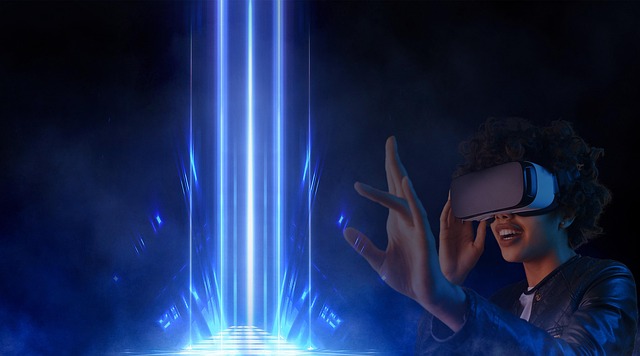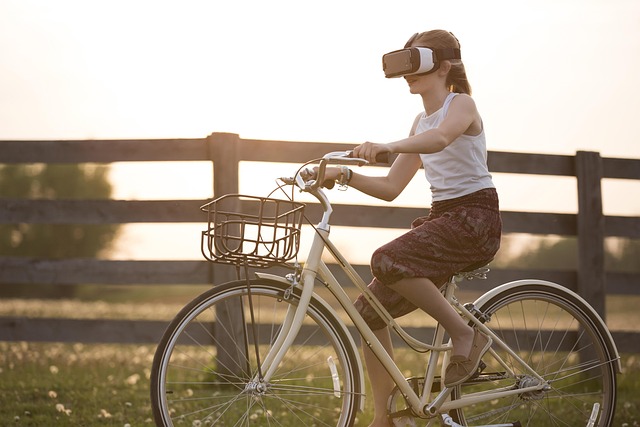In a world where technology continues to reshape our lives, education stands at the forefront of this evolution. The emergence of interactive VR learning materials has opened the door to a new dimension of learning, where students can engage with content in ways that were once unimaginable. Imagine stepping into a virtual classroom, surrounded by your peers and immersed in rich, engaging environments that transport you far beyond the constraints of a traditional school setting.
Virtual reality (VR) is no longer just a concept limited to gaming or entertainment. It is becoming a vital educational tool that enhances the learning experience by allowing students to interact with educational content in a 3D space. With VR headsets, students can explore ancient civilizations, conduct virtual science experiments, or even walk on distant planets. This immersive experience captures their imagination and deepens their understanding, making complex concepts more tangible.
Augmented reality (AR), on the other hand, overlays digital information onto the real world, creating a unique blend of the virtual and physical. Picture a biology class where students can hold a tablet to see a 3D model of the human body, with organs and systems animated right before their eyes. This level of interactivity fosters engagement and enhances retention, as learners can visualize and manipulate elements to gain a comprehensive understanding.
The metaverse is where these technologies converge, creating a digital ecosystem where learners can interact, collaborate, and explore together. In this expansive virtual space, students from different parts of the globe can attend classes, participate in discussions, and work on group projects in real-time, all while experiencing the fun and creativity that the metaverse offers. The sense of community fostered through shared virtual experiences breaks down geographical barriers and promotes cultural exchange, allowing students to appreciate diverse perspectives.
The implementation of interactive VR learning materials also empowers educators to craft tailored learning experiences based on individual student needs. Teachers can design immersive simulations that provide students with hands-on opportunities to apply their knowledge in practical scenarios. Whether it’s nursing students practicing procedures in a lifelike hospital ward or engineering students constructing virtual structures, the possibilities are endless.
As we embrace these technological advancements, it’s essential to approach the integration of interactive learning materials with a focus on accessibility and inclusivity. Equipping schools with the necessary tools and training ensures that every student has the opportunity to benefit from the transformative power of VR and AR. Ensuring that all learners, regardless of their backgrounds, have access to these innovative resources is key to shaping a well-rounded educational landscape in the metaverse.
Innovation in education is not just about adopting new technologies; it’s about fostering a culture of curiosity and exploration. As we continue to delve into the possibilities offered by interactive VR learning materials, we unlock new pathways for students to engage, collaborate, and thrive in an increasingly digital world. The future of education is here, and it’s more immersive and exciting than ever before.



